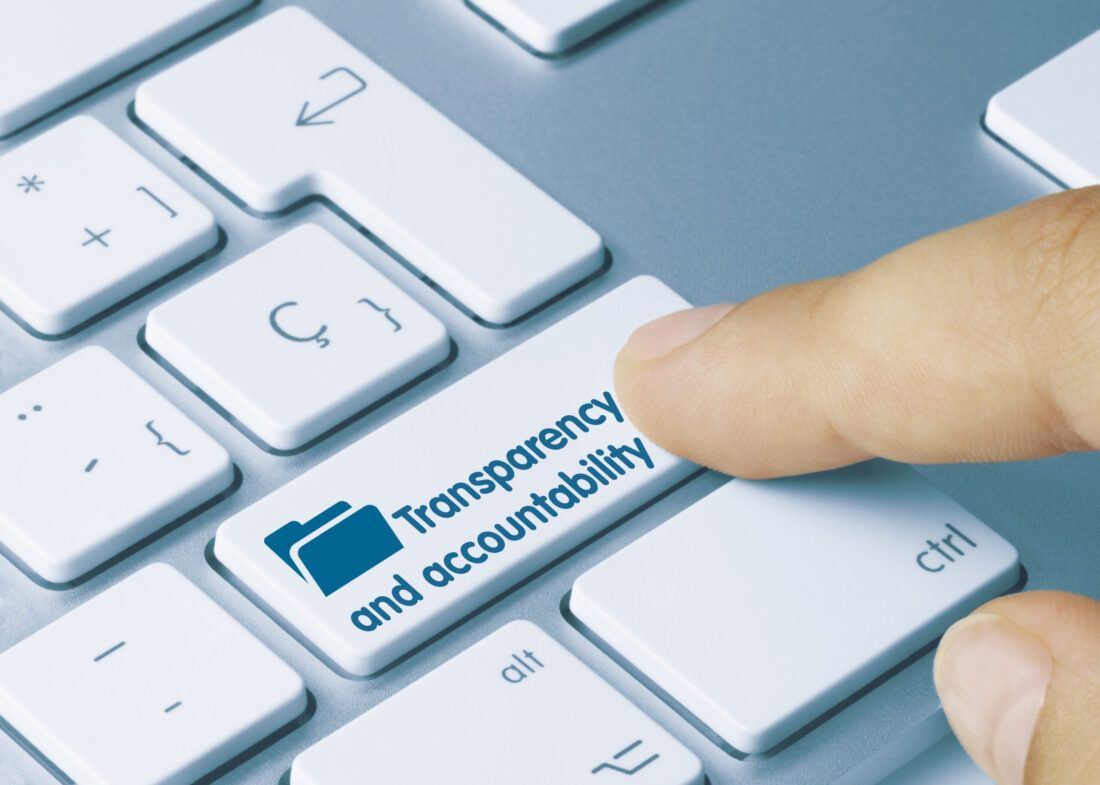Virginia Governor Glenn Youngkin’s bleak but refreshingly honest end-of-the-school-year report on K-12 education in the commonwealth focused on many of the issues facing public schools in Kansas stands in stark contrast to the rosy (false) picture painted recently by the Kansas Association of School Boards.
While the new governor of the Old Dominion and his education officials lamented lowered expectations, declining achievement, and divisive practices in a report originally aired on WUSA9 in Washington, D. C., KASB claims Kansas schools “rank 10th in the nation on a weighted average of 16 educational outcomes.” But by every national measure of achievement, Kansas is below average in a nation that doesn’t perform very well. For example, only 21% of Kansas graduates who took the ACT were college-ready in English, Reading, Math, and Science; scores for the major demographic groups all ranked in the low 30s.
State assessment results also reflect low achievement levels. About a third of all students are below grade level in math and English language arts, and only about a third are proficient.

Renee Erickson is vice-chair of the Senate Education Committee:
“Virginia has it right. If Kansas is serious about leading the world in the success of each student (KSDE’s vision), it starts by having an honest and thorough assessment of what matters to student success. Spoiler alert – it has nothing to do with the report that professes Kansas’ education system ranks in the top 10 in the country.
“First, consider the source. KASB produced the report. KASB is not going to bite the hand that feeds it to the tune of millions of dollars a year. They must spin the numbers and narrative or risk self-incrimination and killing their cash cow.
If you dig into the specifics of how they came up with the weighted rankings, their desperation to cover the truth is clear. Here are questions the report should have addressed:
- The report ranks graduation rate as one of the top three indicators. Are graduation rates objective or subjective? Are all graduation requirements the same? How many students graduate and must take remedial classes for post-secondary coursework?
- Another ranking equal to academic achievement is how many students enroll in a post-secondary program. Again, how many must take remedial classes, and at what cost to the student to be prepared for this higher-level coursework?
- The third main area is academic achievement. Is academic performance on any objective measure (state assessments, NAEP, ACT) increasing or decreasing? Is spending per pupil increasing or decreasing (per their assertion that more money equals higher academic achievement)?
“If our public school system is one of the best in the country, why do KASB and KSDE fight, rather than welcome, competition? If Kansas is in the top 10 with approximately 1 in 5 high school graduates demonstrating college readiness on the ACT at a cost of over $7.3 billion dollars a year, what does that say about our state and nation as a whole?
“Kansans, especially parents, deserve transparent and honest answers from the people in charge of our education system. Instead, we get an example of what Mark Twain described: “Facts are stubborn, but statistics are more pliable.”
Echoing those sentiments is Rep. Susan Humphries, chair of the House Higher Education Budget Committee. She says the report is misleading:
“19%-25% of low-income students in our state are proficient in NAEP-assessed Math and Reading. This ranks us 20th and 34th nationally (respectively). Higher-income students do better, at 44% and 57% proficient, respectively, and ranking 19th and 30th nationally. Does that sound like top 10?
“One measure of the “weighted-average 16” outcomes is graduation rates. We give awards to schools with 93% graduation rates, while our 2021 ACT result indicated only 25% of white Kansas students are college ready, and only 9% and 5% are ready among their Hispanic and Black peers. Kansans shouldn’t be satisfied with these grim numbers.
“We aren’t where we need to be, and we need to admit it. Only when we face the reality that we are not serving our families and students well will we be able to pivot to new solutions. If we don’t recognize the problem, we can’t solve it. Just as Governor Youngkin did in Virginia, we need acknowledgment of the problem and then innovative and promising answers.
“It begins with transparency. It will require effective partnership with parents, local control, choice options, and accountability. Excellence doesn’t need protection, it needs the light of day. The future is bright for a Kansas that faces the truth about the state of our education system.”
Rep. Humphries calls for expanded School Choice in Kansas to introduce competition in K-12 education:
“ No other industry in the state operates without competition to drive improvement. We’re falling behind. State after state is seeing choice drive innovation. Where minority students can take advantage of our small school choice programs, those results are already climbing. With choice, hope can be on the move in Kansas. This will be a priority in the 2023 legislative session.”




